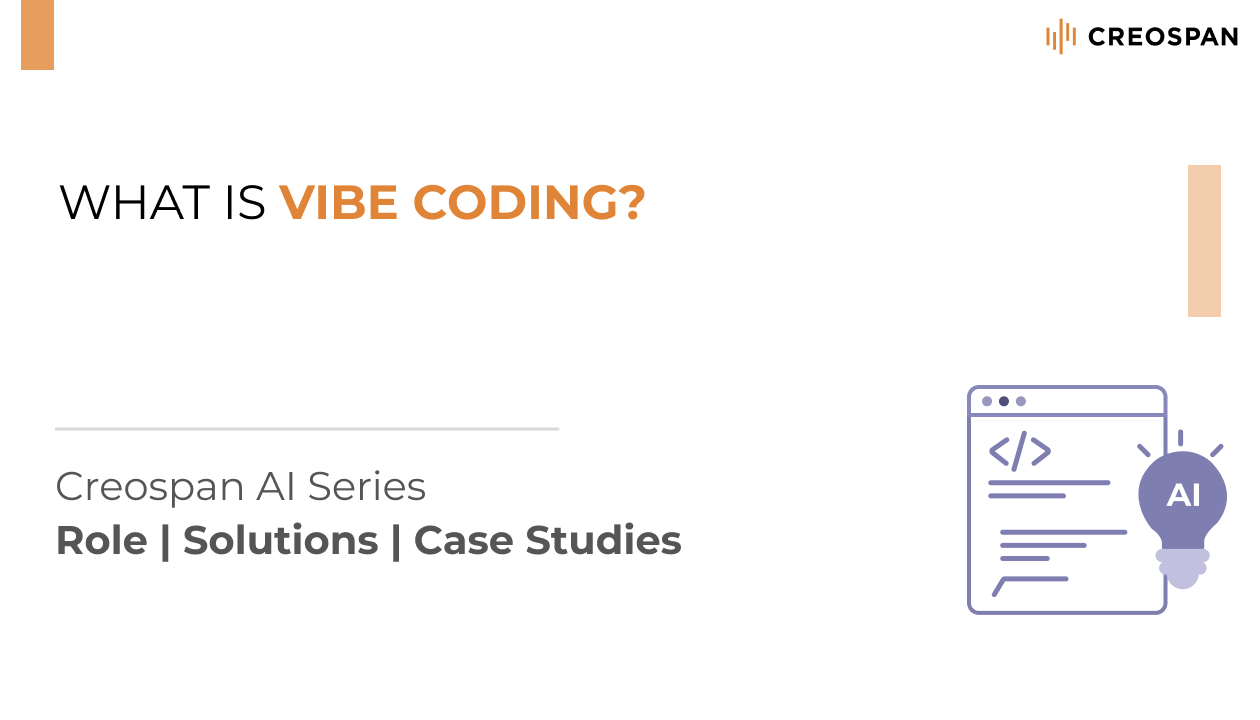What is Vibe Coding?
Vibe coding isn’t an official term. It’s more of a coding mindset. Vibe coding is a programming approach that leverages AI tools to create code based on natural language descriptions of desired functionality. In this method of developing code, we rely heavily on autocomplete, AI coding assistants like GitHub Copilot or ChatGPT or various AI Coding Editing tools, and use existing code examples, all while making decisions based on intuition rather than structured instruction.
How it Works:
Instead of manually coding line by line, developers provide instructions to AI-powered coding platforms, which generate code blocks based on prompt inputs.
Examples of Vibe AI Coding Tools:
Platforms like Cursor, Bolt, and Claude exemplify vibe coding technology, assisting developers in the code-generation process.
I know some of you might already be using Copilot with VS Code which in itself is vibe coding, But you want to elevate your ability “You want a fully-featured IDE with AI capabilities built-in” or “You need flexibility in choosing AI models (GPT-4, Claude, etc.)” or “You prefer using your own API keys to control costs” you can try using any of the Vibe AI Coding tools, and you can start with one : https://www.cursor.com/

Role Transformation for Programmers:
Vibe coding alters the programmer’s role, emphasizing tasks like guiding, testing, and refining AI-generated source code rather than writing it manually.
A Creative Shift in the Programming Mindset
Vibe coding represents a larger cultural shift in how people approach software creation. It lowers the psychological barrier for beginners, prioritizes creativity over precision, and embraces of experimentation.
Vibe coding accelerates the AI transformation. When anyone can generate functional code through conversation/Prompt Engineering, the specialization that once protected technical roles evaporates. The implications ripple through organizations and everyone has an elevated role to play:
- For Product managers would not hide behind documents/wireframes — they would be generating working prototypes.
- For Designers can’t just hand off mockups — they’ll will have a role to implement their designs.
- For Marketers can’t request custom tools — they’ll be building their own analytics dashboards
- For Executives can’t survive technical ignorance — they’ll need to understand the systems they oversee.
The Build Vs Run/Maintenance Model
Vibe coding excels at build but struggles with Maintenance/Run. This creates a fundamental split:
- Creation/Building New: Easy, accessible, new functionality.
- Maintenance/Run: Complex, requiring deep business expertise, increasingly valuable.
Smart Innovative organizations will develop dual skillsets — rapid vibe coding for prototyping and proof-of-concepts, alongside rigorous engineering practices for enterprise grade systems.
Programming Evolution:
Vibe coding reflects programming’s evolution, with developers potentially transitioning into roles as “AI architects.”
Benefits:
This approach can speed up software development, give Iron man suite to existing developers, empower non-developers to create applications, and foster creativity without requiring deep coding expertise.
Concerns:
Developers must still understand underlying syntax and code, ensure quality, and address security issues, as these remain critical in AI-assisted coding.
Finding the Right Balance: Augmentation, Not Replacement
I would not suggest abandoning AI-assisted coding ship — that would be like rejecting power tools in favor of manual screwdriver. But we need to approach this revolution thoughtfully, preserving the craftsmanship while embracing innovation.
Article Written by Krishnam Raju Bhupathiraju.

